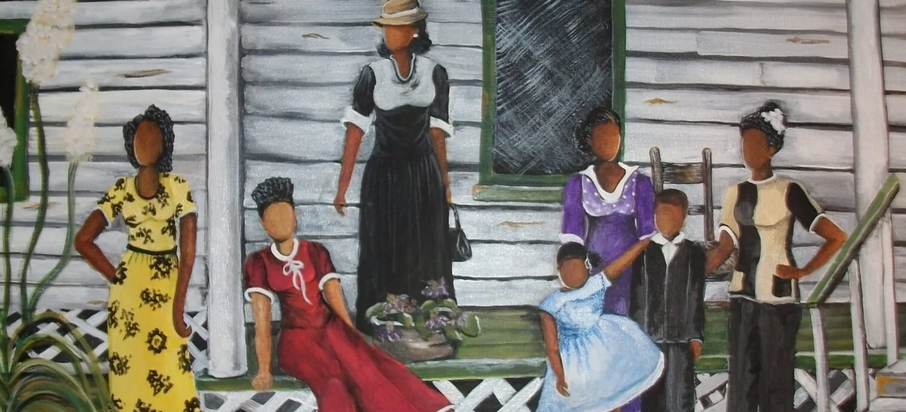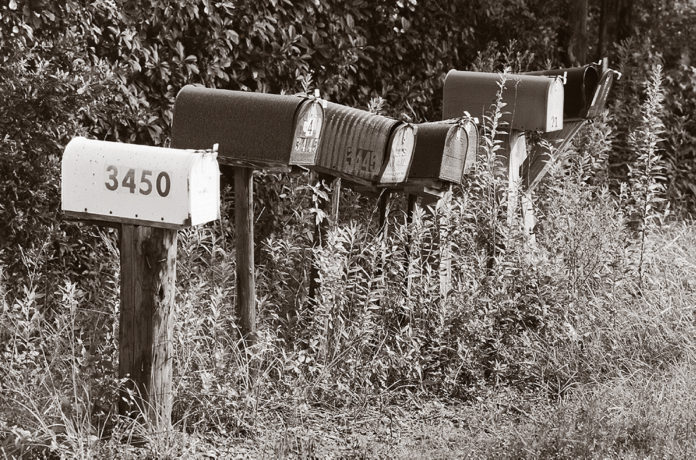Land is land. Either you own it, or you don’t. Like any other asset, it has a value that can be calculated into a cost, right? Well, interestingly enough, the answer to that question varies, depending on who you’re asking. To most people, the answer is a clear and definitive yes. However, to a Gullah / Geechee, or native islander, the answer might be a resounding no. Confused? Let me explain.
For 400 years, the Gullah / Geechee lived along 79 coastal sea islands from North Carolina to Florida and roughly 35 miles inland. The Gullah people are proud, and have a rich language and culture that has endured for generations. However, today, the Gullah culture is struggling to preserve its identity, and its identity is rooted in the land. For the Gullah people, the land symbolizes, a cultural bond that is as powerful as the island’s trees that weather every storm.
The challenge that the Gullah people face is keeping their culture alive so it won’t disappear or be forgotten by the history books or future generations. Over time, it has become more clear that Gullah people and their culture should be recognized not only for their uniqueness, but also for their role in shaping American history. In this regard, one of the most important initiatives to validate the people and the culture was the Federal establishment of the Gullah/Geechee Cultural Heritage Corridor. This came about through an act of Congress on October 12, 2006 (Public Law 109-338).
This designation, highlights and recognizes, among other things, a special non-traditional and un-common connection between the land and its people that many considered a rarity, worldwide. For the Gullah/Geechee people, the land is part of their identity; it represents a spiritual and cultural bond that is deeply rooted in ways that are difficult to describe.
To fully understand the complexities of heirs property, you need to examine its origins. At one time, in South Carolina, the number of slaves outnumbered white slave owners. As a result, after emancipation, many slaves chose to remain in the area of their enslavement. Some of the slaves were given land by their owners, or they acquired abandoned land; others, through hard work and dedication, were able to purchase land. The land in turn, began to be transferred from relative to relative within families for generations for over 150 years. Part of the problem is that heirs property is that it is entangled with the legalities because it does not always meet traditional contractual standards of legal land ownership.
The central challenge of heirs property is that the land is not just property that whose value can be fixed in traditional ways. The value is personal, and for many, it is tied to a family’s history, and pride. The land is part of a family’s identity. When it is thought of in those terms, Gullah/Geechee land cannot meet standard forms of land valuation.

Painting titled ‘5 sisters’, by Gullah artist Sonja Griffin Evans
In a real sense, the land is ‘priceless’ because land gained through an inheritance, is not only rooted in a commitment to self-sufficiency, but it also represents the love and cohesiveness of family. The land is not only a source of pride because of the blood, sweat and tears that went into acquiring and keeping it. The older generations farmed it, lived on it, and in some cases, died to keep it on the family. Therefore, it is impossible to casually place a price tag on the value of the land.
The problem that exists with heirs property is two-fold. Acreage, in some cases, has been subdivided between family members with the land having been passed down generation to generation without a deed; the practice of which, makes the legal transfer or the division of property nearly impossible under the current laws. [Thousands of extended families own land that is heirs property along the South Carolina coast. It’s common for dozens of family members to own a single parcel. When heirs property is sold, family members are often displaced by newcomers.]
“Heirs’ property is land owned “in common” (known as tenants in common) by all of the heirs, regardless of whether they live on the land; pay the taxes or have never set foot on the land. In the Lowcountry, heirs property is mostly rural land owned by African Americans who either purchased or were deeded land after the Civil War. Historically, HP owners were routinely denied access to the legal system; could not afford to pay for legal services, and didn’t understand or trust the legal system. As a result, much of this land was passed down through the generations without the benefit of a written Will, or the Will was not probated within the 10 years required by SC law to make it valid – so the land became heirs’ property. Often the family members didn’t know that. Heirs’ property ownership is risky because the land can be easily lost. Any heir can sell his/her percentage of ownership to another who can force a sale of the entire property in the courts.” ~ Center for Heirs Property Preservation
Developing a solution to the complex issues regarding heirs property needs to take into account not only its origin, but its cultural elements. Primarily, local and state laws pertaining to heirs property need to be altered to include certain accommodations that would allow the heritage and culture of the Gullah/Geechee to remain intact. The importance of preserving Gullah land requires special exceptions; because its origins deserve to have reverence and respect. Thus, it’s critical that any legal alterations that are considered, must include special heirs property exceptions.
If laws specific to heirs property are not created and enforced, part of our area’s cultural heritage might ultimately become extinct. Intervention is now a necessity, if Hilton Head and the surrounding sea islands of the Lowcountry are to be culturally maintained and preserved. Far too often, Gullah families are struggling with the island’s transition towards economic development, as well as legal and financial issues that prevent them from being able to hold on to their land. Hilton Head, at one time, had over 3,500 Gullah owned acres of land; today that number is well below 700, and that number is diminishing rapidly.
Recently, author Luana M. Graves Sellars, publisher at LowcountryGullah.com, was at the home of Vivian Woods, a descendant of the Cyrus Bligen, who has been on Hilton Head since the 1800s.
At the front door of the house a plaque hangs that reads:
“In the name of Jesus Christ I, William Bligen, dedicate this house in honor of my grandfather, William Bligen, Sr. 1874-1958, who sweated & died on this land for his children to come.”
The importance of heirs property cannot be explained any better than that.
Article originally written by Luana M. Graves Sellars and published by LowcountryGullah.com. Used with permission. For more information on Gullah history, culture and the Gullah Geechie Heritage Corridor, or to help save Heirs Property, visit Lowcountry Gullah here.










